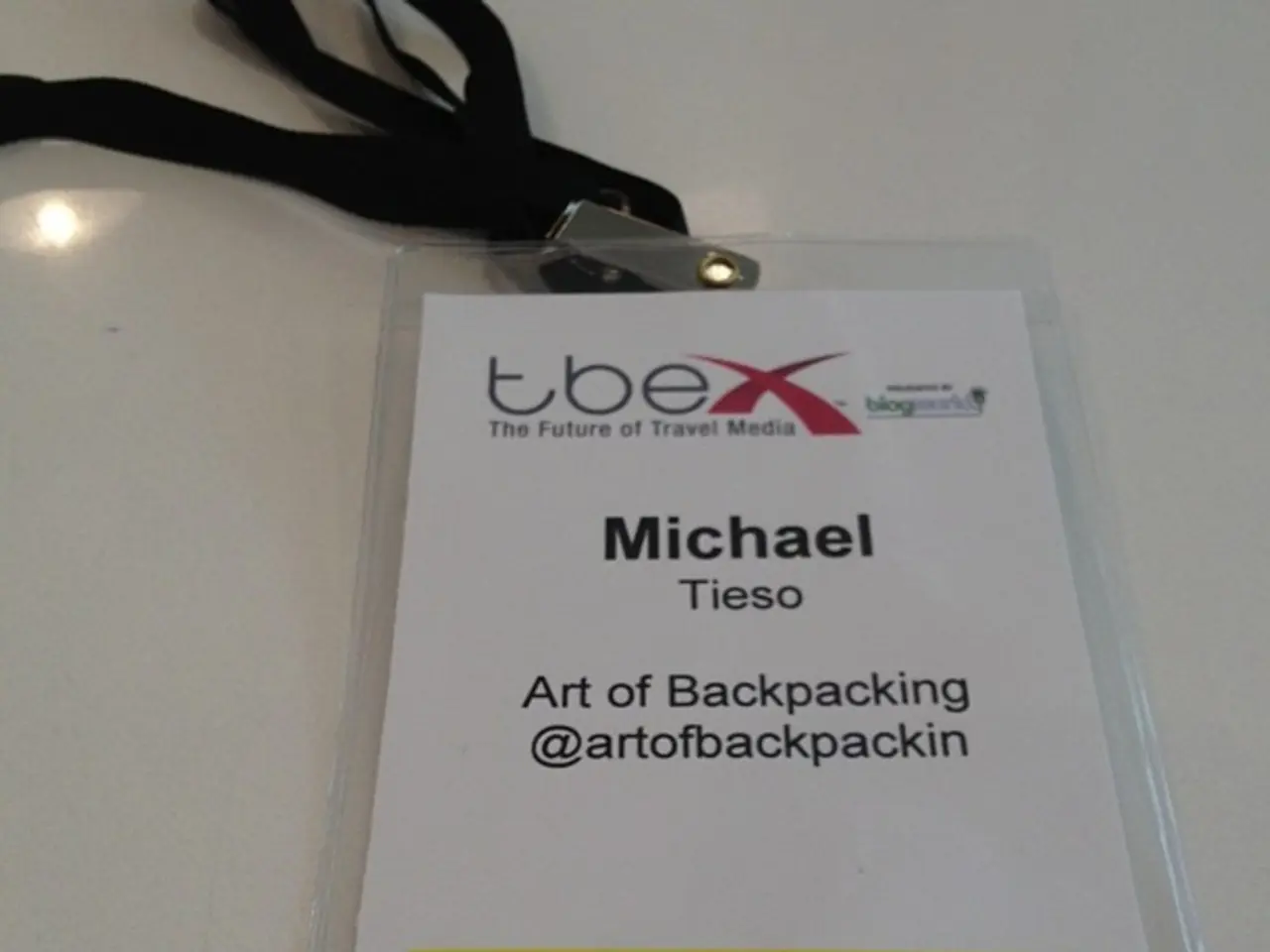Identity Verification Challenges in an Era of Deepfake Technology
In the digital age, identity verification has become a crucial aspect of our lives, particularly in the financial sector. However, the rise of deepfakes and the increasing sophistication of fraudsters pose significant challenges to traditional identity verification systems. Enter Verifiable Credentials (VCs), a technology that is rapidly emerging as a core building block of digital identity ecosystems.
VCs are digital, cryptographically signed credentials that allow individuals to prove their identity without revealing more than necessary. They are becoming a more secure, privacy-first solution, harder for deepfakes to exploit compared to traditional identity verification systems.
One of the key advantages of VCs is their reusable and portable nature. Users can store verified identity information in a secure digital wallet and share it across platforms under their control, minimising repeated document uploads that deepfake attackers could exploit.
VCs are also tamper-proof and decentralised, protecting against forgery and impersonation, key risks in synthetic identity fraud. Because they are cryptographically signed and can be validated without querying a central database, they offer a layer of security that traditional systems lack.
To strengthen security further, VCs are often combined with real-time liveness detection techniques, such as facial gestures or eye movements, to confirm that a real person is present and not a static or AI-generated deepfake image or video.
VCs also enable selective disclosure of attributes, reducing data leakage and making it harder for fraudsters to obtain useful identity data for deepfake fabrication. For example, a user could prove age without revealing their full ID.
Some platforms pair VC issuance with real-time text, voice, and video verification within trusted networks, creating multi-factor and multi-modal proof that enhances resistance to impersonation and deepfake attacks.
The use of VCs significantly raises the bar against synthetic identity and presentation attack fraud that use deepfakes. Systems record many VCs on blockchains or distributed ledgers, making any tampering visible and traceable.
Despite these safeguards, deepfakes pose a significant threat to electronic Know Your Customer (eKYC) systems, as fraudsters can now generate fake biometric data that closely mimics real users, tricking even advanced verification tools. In underground markets, pre-made fake images and videos to trick KYC systems are being sold for as little as $5 to $20.
VCs, however, cryptographically bind to the individual they're issued to, making it difficult for deepfakes to be validated. Cryptographic signatures in VCs make it difficult for anyone to alter the credential, as any attempt to do so would break the signature.
In essence, VCs increase trust in digital identity verification by enabling verified, cryptographically secured claims of identity or qualifications that are harder to fake or manipulate, especially when combined with advanced AI-based deepfake detection and liveness verification systems. This layered approach significantly raises the bar against synthetic identity and presentation attack fraud that use deepfakes.
VCs, being cryptographically signed and tamper-proof, provide a more secure solution than traditional identity verification systems in the digital age, as they are harder for deepfakes to exploit due to their cryptographic bindings. With selective disclosure of attributes and integration with real-time liveness detection techniques, VCs reduce data leakage and enhance resistance to impersonation and deepfake attacks, significantly raising the bar against synthetic identity and presentation attack fraud that utilize deepfakes.




